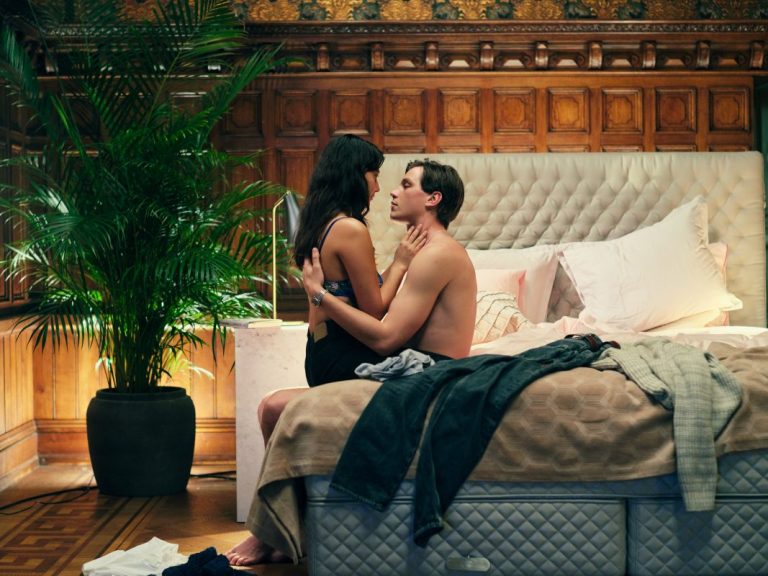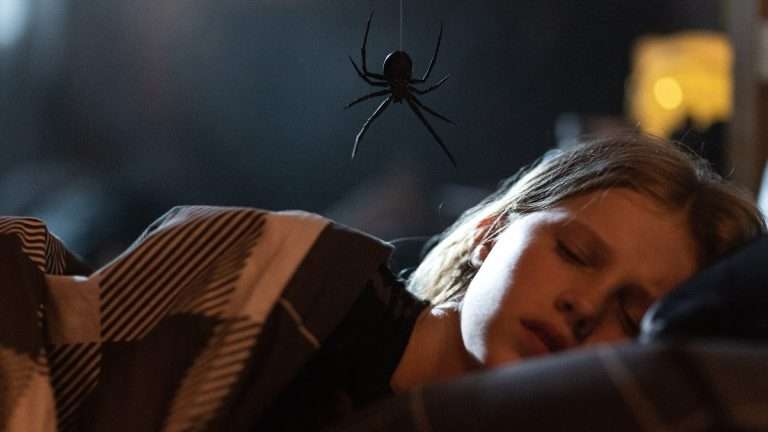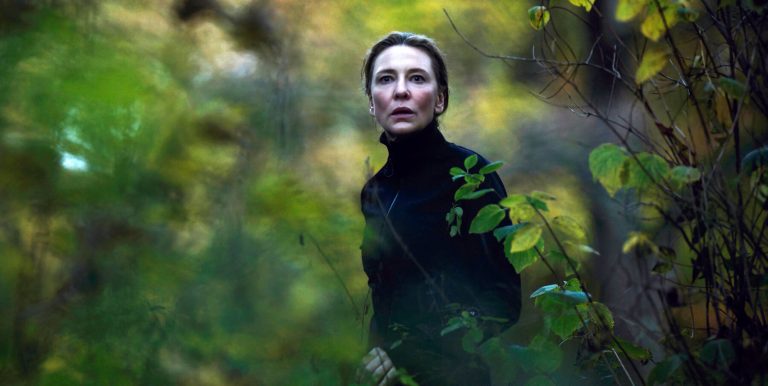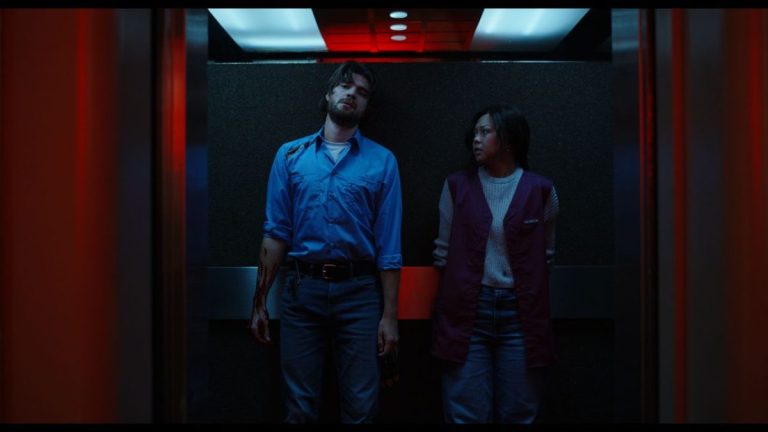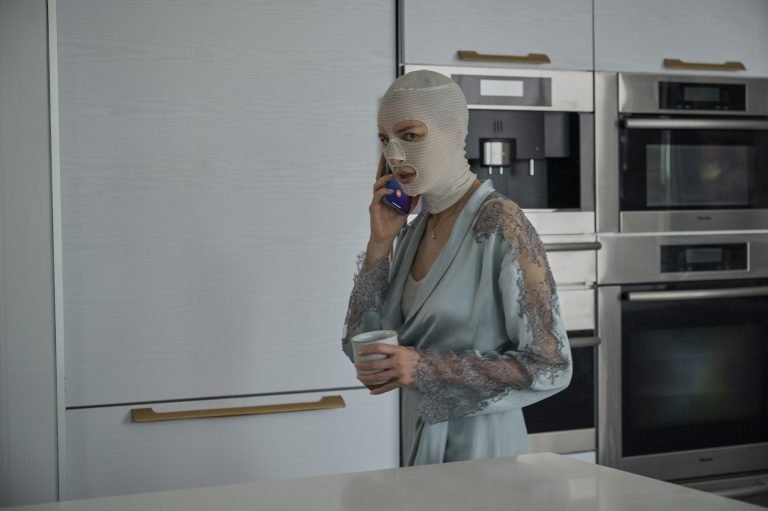I have often heard the expression “guilty pleasure.” but I’ve never been fortunate enough to have it happen to me. The closest I’ve come to that feeling about a film was “Alice in Wonderland” (2010), but it was a feeling born out of excitement and foggy viewing. I already had my own idea of what I was in for, with a solid optimism so bright that it did not reflect Lisa Frankenstein’s (2024) actual merits. It was instead focused on my own personal enjoyment. For the first time then, I was enthralled by the very fact that I was watching a film I had long anticipated, regardless of the actual end product.
After hundreds of screenings at the cinema and thousands of encounters with my computer screen in the evenings, I still tried to be as objective in my judgment as possible (even though it is always a subjective point of view) when it came to my opinion about a certain movie. Well, I admit it responsibly—“Lisa Frankenstein” is my most outspoken guilty pleasure. First-time director Zelda Williams has taken an aesthetic familiar from Gen Z’s childhood and given it a story with substance for adults.
The plot is simple: a teenage girl wakes up a corpse over whose grave she dreamed of a great love. Together, they form an unexpected special romance. Special because it actually develops as the film progresses – it wasn’t originally meant to work at all, was it? “Lisa Frankenstein” is very reminiscent of those Disney Channel movies that were released sometime around Halloween. They weren’t necessarily scary, but they had a campy title and premise – “My Babysitter’s a Vampire,” “Girl vs. Monster,” etc. The positive difference is that Zelda Williams’ debut looks really good. The film’s style is both nostalgic and offbeat. It’s more cynical, which isn’t to say that every joke is a success, but “Lisa Frankenstein” often still manages to get a laugh out loud.
The screenplay by Diablo Cody (“Jeniffer’s Body,” “Juno”) is a good starting point, even though it doesn’t have quite as much bite as it thinks it does. In some scenes, the lines feel like they were put in to add more lustiness, with no justification as to why. In fact, Zelda Williams has filmed several versions of “Lisa Frankenstein,” and one of them is more brutal R-rated (banned for those under 17). However, I don’t think her film needs that. The PG-13 (not recommended for kids under 13) isn’t really constricting, and it is even helpful. It allows her movie to have enough scenes that are a bit more edgy. Had there been in abundance, it is unlikely the “shocking” effect would have been as strong because it would have been on the edge of self-serving.
Kathryn Newton is truly charming in the titular role, far more fun than the sexy serial killer who possessed her body in “Freaky.” She clearly has an affinity for such films. While “Lisa Frankenstein” is not “Heathers” (1988), it is a step up her choice of roles. In “Lisa Frankenstein,” she is dangerous in a way that’s both silly and innocent, a strange combination that works exceptionally well in the context of the film. I couldn’t imagine Lisa looking any other way. Her co-star, Cole Sprouse, has the difficult task of playing a corpse awakened from the afterlife.
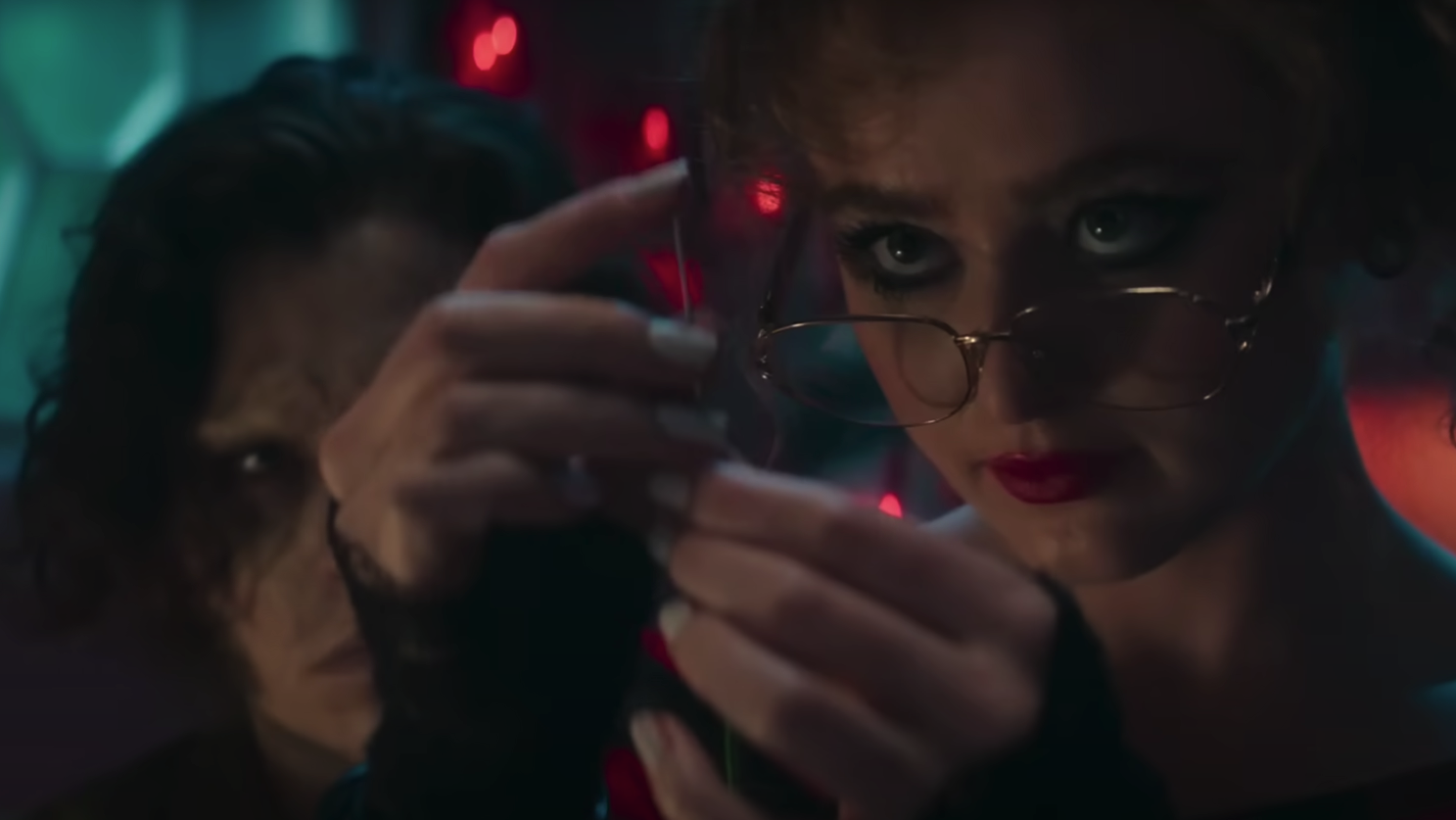
The fact that this character is named “The Creature” speaks volumes about the depth being sought. He’s there not to scare but rather to add a comedic element. Zelda Williams didn’t seem sure how to present him exactly – menacing, zealous, mysterious, or clumsy – and decided to mix it all up and show him as a deliciously bland Mary. Too bad Cole Sprouse’s make-up is just like those Disney Channel movies and not on the appropriate production value. Supporting characters fall into stereotypes instead of being breathing ones. A pertinent example of how these types of characters need to look and speak to be both absurd and believable is “Beetlejuice.” There, the comedic horror intertwined with theatricality is far more liberated and original. Not surprisingly, it was a huge success.
Zelda Williams probably aspired to come as close to this level as possible. But she is not (yet?) Tim Burton, so she didn’t have the assurance to know precisely how to frame each of her characters, except the main one. It worked with Lisa, but the others were used just as background. It must be admitted that the look of “Lisa Frankenstein” is a real “eye” gum, which only loses its flavor after the end credits when the viewer thinks about what they’ve actually just watched. Before that, however, the candied look of the whole production is unexpectedly satisfying. My personal expectations weren’t for such an entertaining turn in this particular aesthetic, and I was pleasantly surprised.
I can imagine droves of teenage girls falling in love with the film and years from now, “Lisa Frankenstein” will deservedly be recognized as a “cult classic,” much like “Jeniffer’s Body.” When it comes to Zelda Williams, it’s far from a perfect debut, but it is undoubtedly an intriguing one, and her name should be kept an eye on in the future. It’s apparent that this is her film, regardless of the rating, which the producers and the studio certainly insisted on. Indeed, a strike of confidence is visible in “Lisa Frankenstein,” even if it’s in a direction that is difficult to adapt to a more mainstream product.
I recommend “Lisa Frankenstein” despite its flaws because it carries a special sense of nostalgia that will appeal to Gen Z. It doesn’t live up to its true inspirations from the 80s and the 90s, but at least it pays respectful homage to them. It certainly surpasses the more recent attempts precisely because it approaches its near-dead subgenre with love. “Lisa Frankenstein” manages to scream, “It’s alive!” without bursting viewers’ eardrums or making them blink in boredom.

